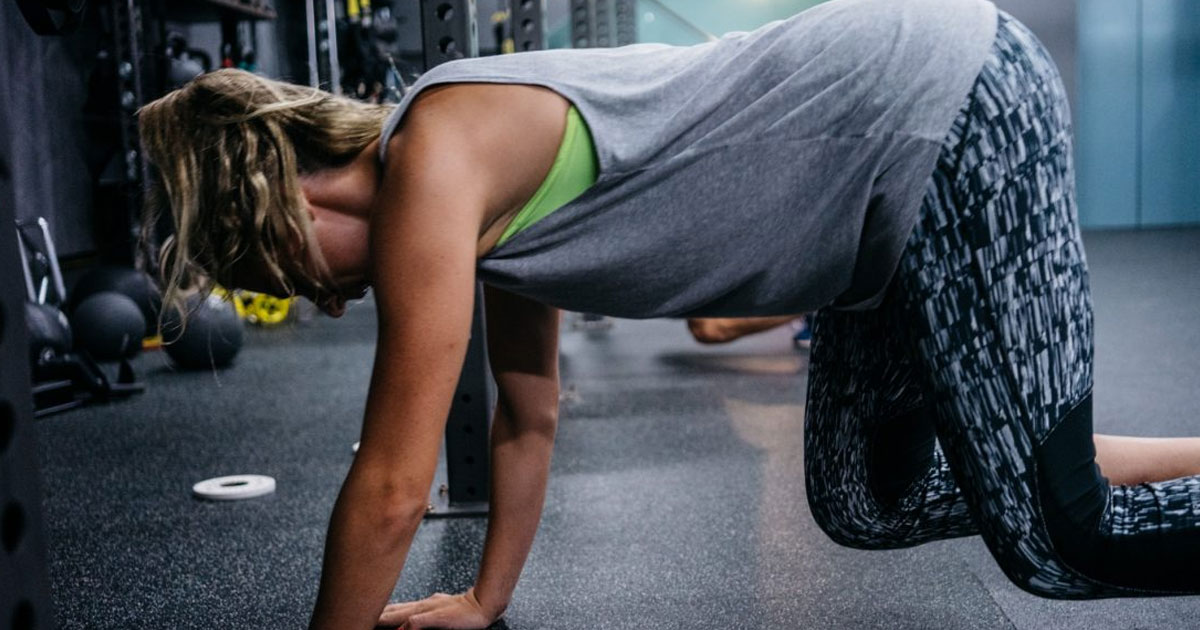
Movement
Following on from the previous Mindset focus article we are “moving” along to Movement - no pun intended.
Hopefully you have all had the opportunity to review your current mindset and delved into the types of motivation that may be dictating your life.
Now if our MINDSET is the driver, MOVEMENT is our engine, NUTRITION is the fuel and RECOVERY is how and what you do to get to the next race.
Movement is indispensable for quality of life! This will not be a blog on what types of training are the best, and it won’t outline your next training program – there are some great resources out there that can guide you step by step and millions of posts on social media showing you the best and toughest workouts imaginable.
We all know the benefits of exercise and if you don’t here are some:
- Exercise helps combat health conditions and disease
- Exercise boosts energy levels
- Exercise promotes better sleep
- Exercise can be social and fun
- Exercise improves your mood
- Exercise helps control body image
Let’s replace that exercise with movement:
- Movement helps combat health conditions and disease
- Movement boosts energy levels
- Movement promotes better sleep
- Movement can be social and fun
- Movement improves your mood
- Movement helps control body image
It’s all about moving!
Something is always better than nothing, be it running, walking, weights, CrossFit, boxing, yoga, Pilates, sports, throwing a frisbee, Zumba, swimming, tennis – the choices are endless.
If you are currently doing nothing, doing any activity tomorrow is already an improvement!
But most importantly, there has to be some level of enjoyment. The enjoyment can come from anywhere, the activity itself, the company or even the feeling you get after. The key is connecting that enjoyment to the activity and stick to it because we all know that just because something is good for us does not mean we will do it!
One fundamental mistake I see people make is trying to fit their life around exercise, if you enjoy what you do and prioritize movement it’s amazing how you find time to exercise.
At 4D we have the firm belief that strength is king. Nothing kills our motivation and ability to move like an injury or pain so it’s important to reduce your chances of injury through developing movement efficiency, confidence and strength.
Why strength you say?
Strength has been shown to underpin all biomotor abilities – if it declines you see an increase in injuries and a reduction in power output, speed, and high intensity endurance (Hoffman, 2006).
All these factors may not be important to you but avoiding injury should be up there!
Developing and maintaining strength is important for all age groups. The loss of muscle mass as we age is known as sarcopenia which has been associated with increasing the burden of chronic diseases. Strength training also has the ability to reduce the risk of osteoporosis and the signs and symptoms of numerous chronic diseases such as heart disease, arthritis, and type 2 diabetes, while also improving sleep and reducing depression (see the four pillars really do interrelate) (Seguin and Nelson 2003).
Movement and strength training are also crucial for youth development, so this next part is directed to all the parents and youth coaches out there! All exercise is great for kids and I’m sure we all agree that “the kids these day’s sit down too much!” so let’s get them moving!
Strength/resistance training does not stunt growth! A youth resistance training program is not designed to bulk them up, but to develop strength and efficient movements.
And when done correctly and safely it can reduce injury rates in sport. 50% of overuse injuries from sport can be removed with proper preparation (including resistance training) (Haff, 2017), so again LET’S GET THESE KIDS MOVING!
Weight training can be a scary thing for some people, I get it but it’s something we should all do in one form or another (no exceptions). There are a lot of people who avoid strength training because they don’t want to “get big and muscley” I’m not just talking to the ladies here, a lot of long distance runners avoid strength training for this reason. I promise you this, if it was that easy to “get big” and put on muscle there would a lot more 17-year old’s walking around with huge biceps. Don’t miss out of the endless benefits to our health because you’re worried about looking like a body builder, they dedicate their lives to looking like that, you’ll be fine!
To wrap up this is a discussion about movement, yes strength training is a great way to get moving but “something is better than nothing!”.
Know your limits!
Seek advice from experts or someone who knows more than you do!
Train smarter, not harder!
And remember movement is essential to life!
References:
1. Haff, G. (2017 ). Training Systems to Develope Strength . Perth : ECU .
2. Hoffman JR. Norms for Fitness, Performance, and Health. Champaign, IL: Human Kinetics, 2006.
3. Seguin, R. and M. E. Nelson (2003). “The benefits of strength training for older adults.” American Journal of Preventive Medicine 25(3, Supplement 2): 141-149.